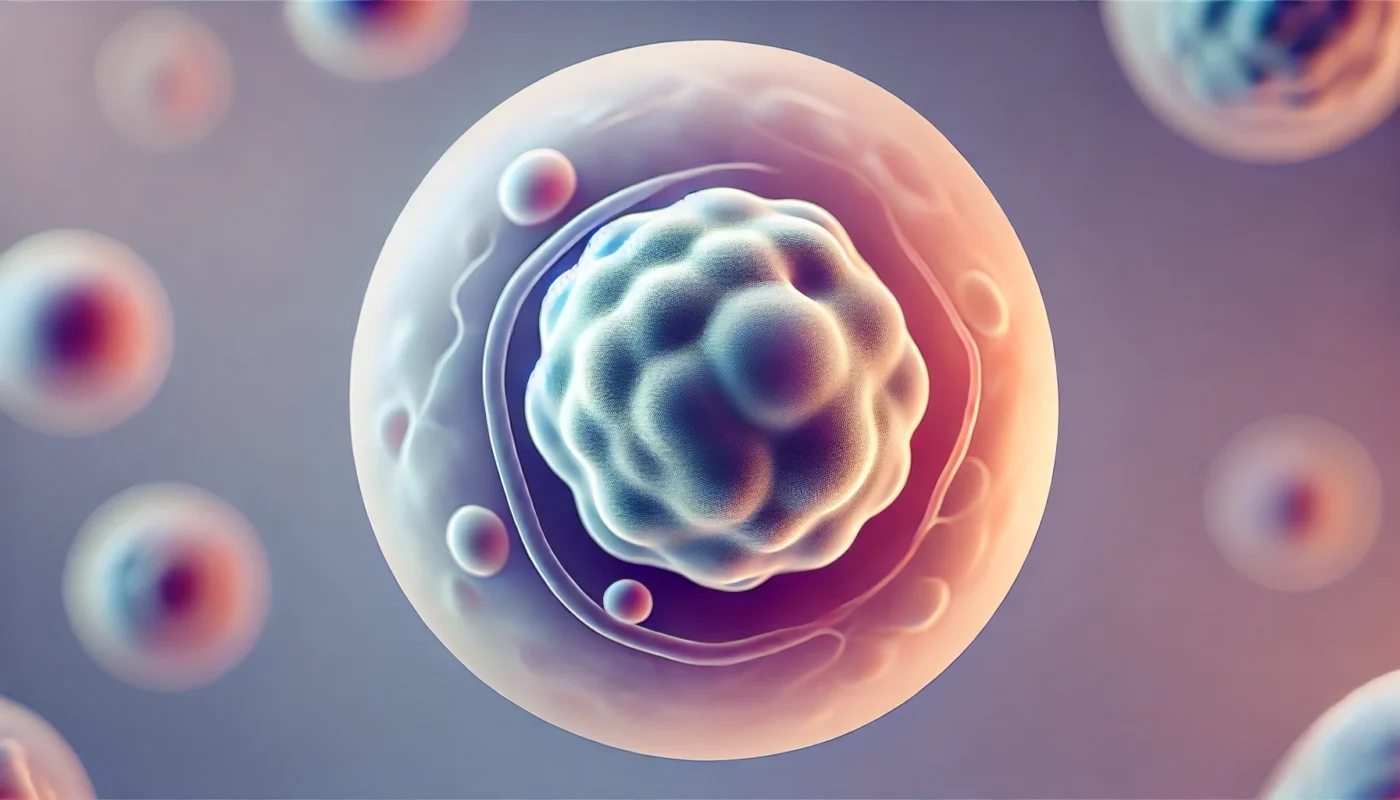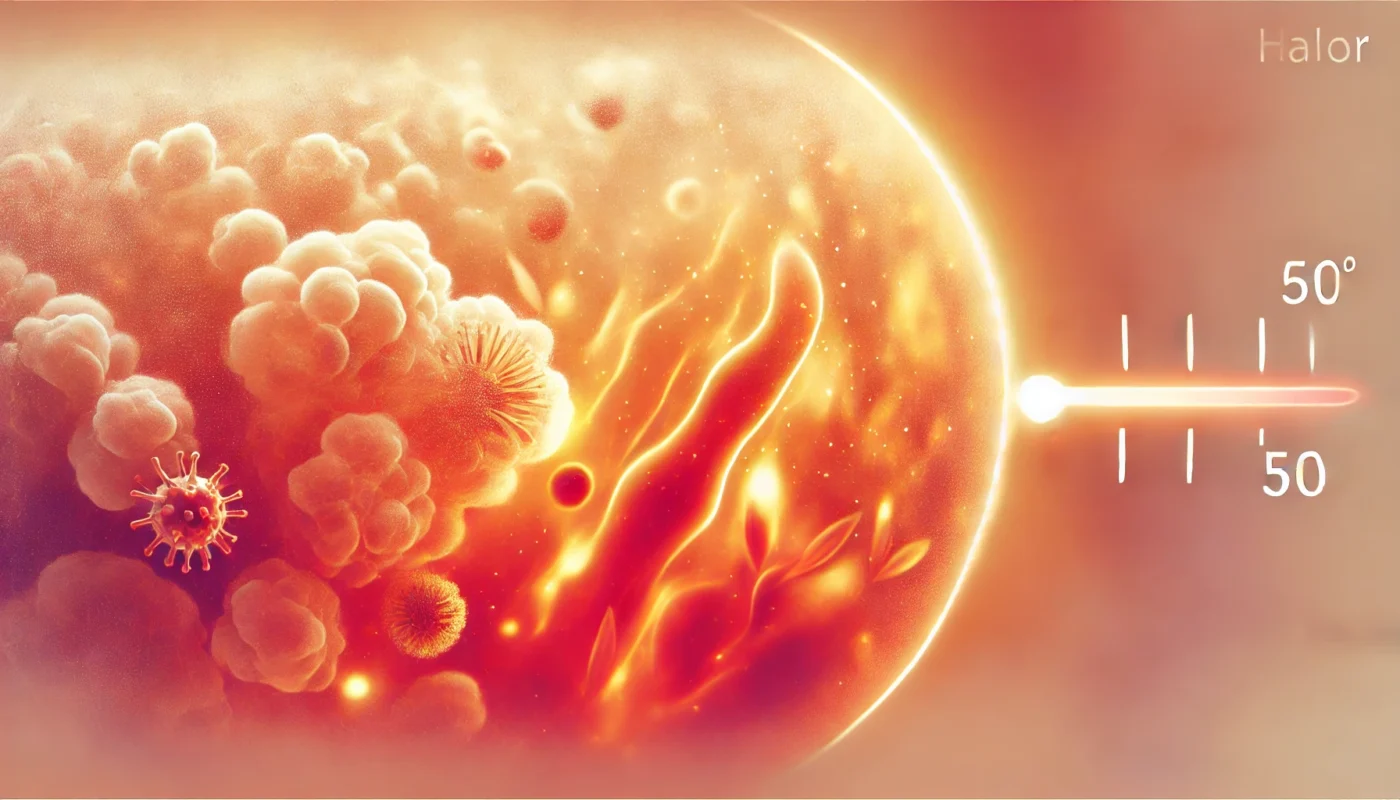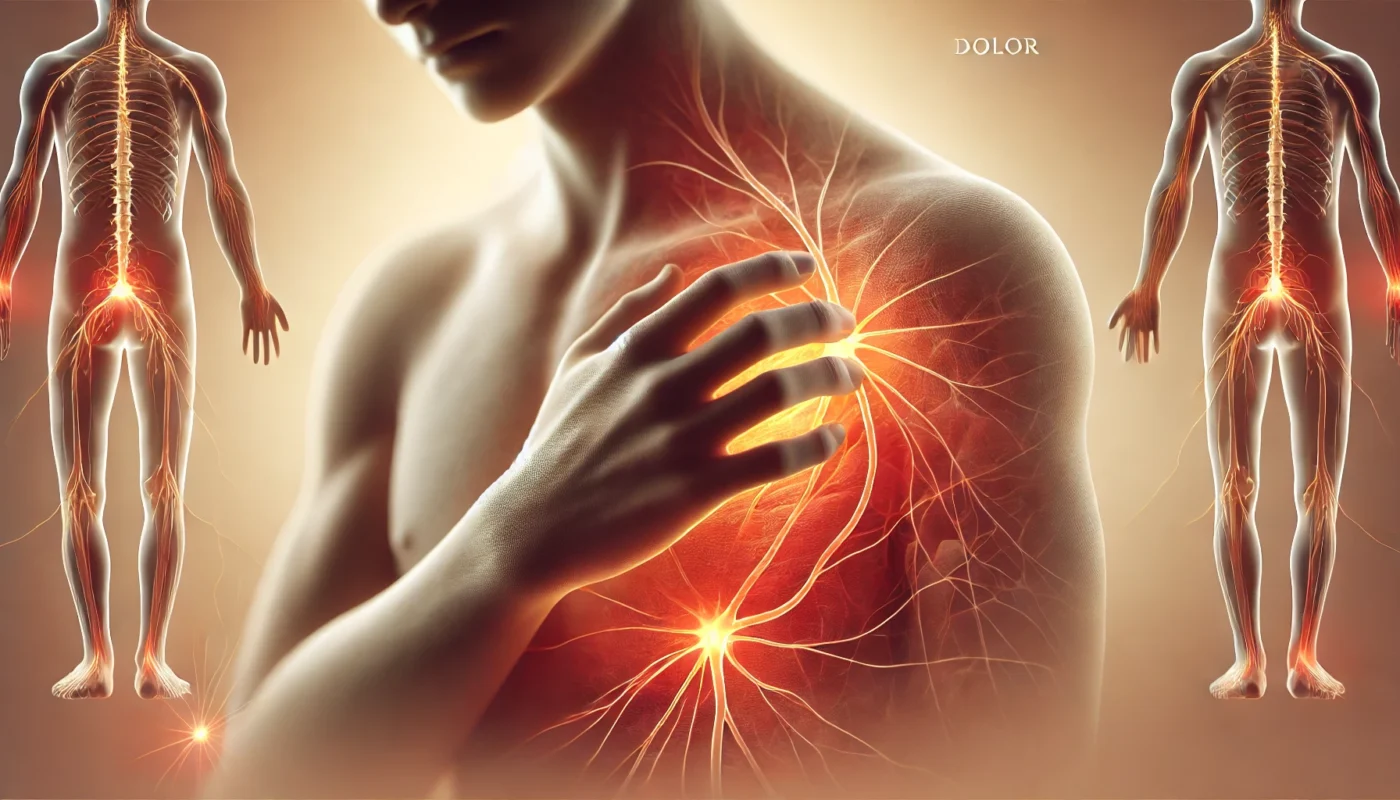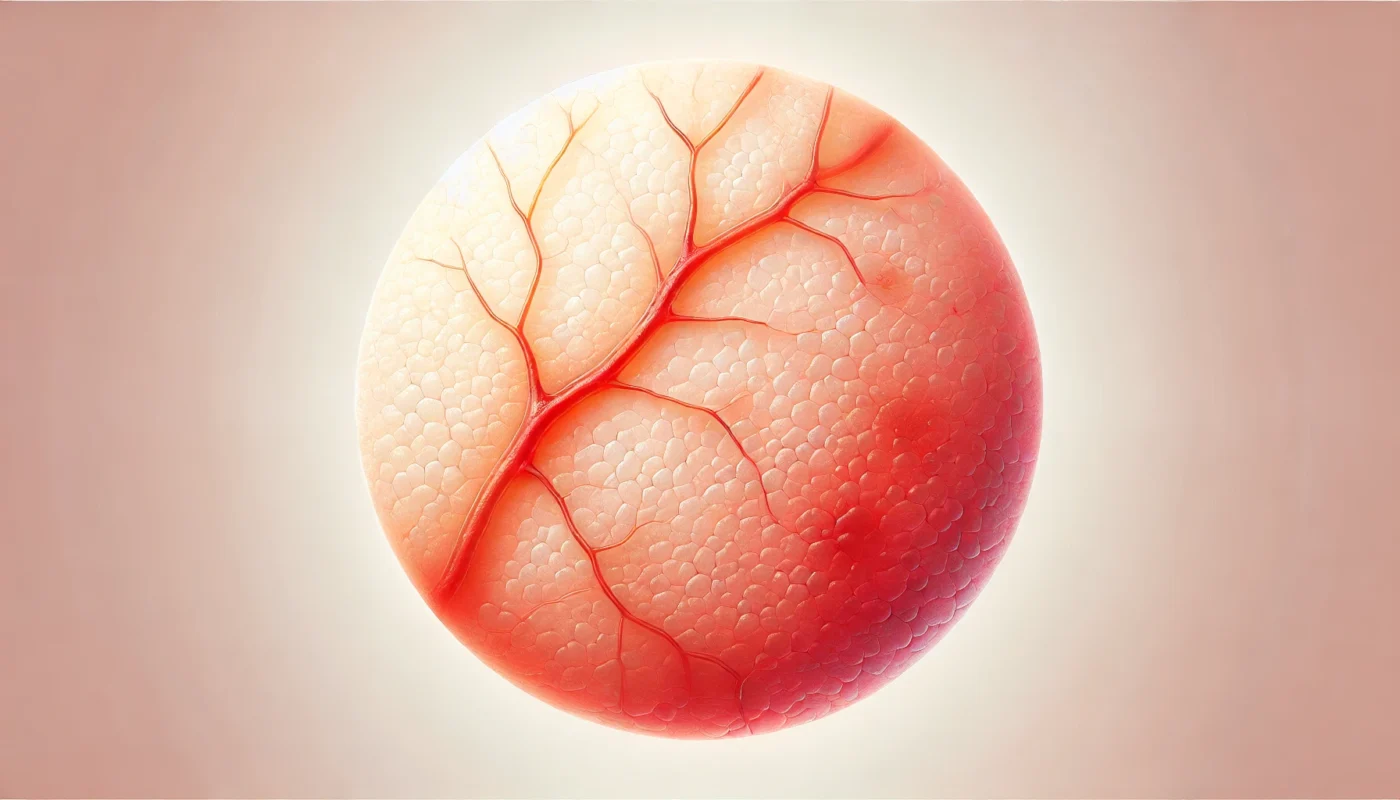The concept of inflammation has been around since ancient times, with the Roman writer Celsus first describing the “cardinal signs” of inflammation: heat, redness, swelling, pain, and loss of function. Each of these signs serves as a vital communication tool, indicating how the body is responding to injury or infection. Let’s delve into each of these five cardinal signs, explore their significance, and discuss how they can guide us in managing inflammation holistically.
You may also like: 20 Powerful Anti-Inflammatory Foods
The Fundamentals of Inflammation
Inflammation is your body’s response to injury, infection, or irritation. It’s part of the innate immune system, designed to eliminate harmful stimuli and start the healing process. While acute inflammation is a necessary and beneficial process, chronic inflammation can lead to various health issues, including autoimmune diseases and chronic pain conditions. Understanding the mechanisms of inflammation allows us to appreciate its dual role in both healing and harm.
Acute vs. Chronic Inflammation
Acute inflammation is the body’s immediate response to harmful stimuli and is characterized by its short duration. It is essential for healing wounds and fighting off infections. In contrast, chronic inflammation is prolonged and can persist for months or even years, often without an obvious cause. This type of inflammation can lead to tissue damage and is associated with numerous chronic conditions, such as arthritis and heart disease. Understanding the difference between acute and chronic inflammation is crucial for effective management and treatment.
The Immune System’s Role
The immune system is intricately linked to inflammation, as it is responsible for detecting and responding to potential threats. When the body identifies a harmful stimulus, immune cells, such as macrophages and neutrophils, are recruited to the site of injury. These cells release cytokines and other inflammatory mediators, which help to eliminate pathogens and initiate tissue repair. However, an overactive immune response can lead to chronic inflammation and autoimmune disorders, where the body’s immune system mistakenly attacks its own tissues.
The Impact of Lifestyle on Inflammation
Lifestyle factors, such as diet, exercise, and stress levels, can significantly influence inflammation. A diet high in processed foods and sugars can promote inflammatory processes, while regular physical activity and stress management can help reduce inflammation. Understanding the relationship between lifestyle choices and inflammation can empower individuals to make informed decisions that support their overall health and well-being.
Heat (Calor)
Heat is often the first noticeable sign of inflammation. It occurs due to increased blood flow to the affected area, a process driven by the dilation of blood vessels. This increased circulation is an essential component of the immune response, as it helps deliver immune cells and nutrients necessary for healing. The presence of heat serves as a physiological marker, indicating that the body is actively working to resolve an issue.
The Biological Mechanism Behind Heat
The production of heat during inflammation is primarily due to vasodilation, where blood vessels widen to increase blood flow. This process is facilitated by the release of chemical mediators, such as histamine and prostaglandins, which cause the smooth muscles of the blood vessels to relax. The resulting increase in blood flow delivers more oxygen and nutrients to the affected area, supporting the body’s healing efforts.
Why Heat Matters
The warmth you feel in an inflamed area is a sign that your body is mobilizing its defenses. This increase in temperature can enhance the efficiency of immune cells, as many pathogens are less able to thrive in the elevated heat. However, persistent heat can indicate ongoing inflammation, which may require attention to prevent potential damage. It’s important to distinguish between beneficial heat that aids healing and excessive heat that may signal a problem.
Managing Heat in Inflammation
To manage heat and reduce inflammation, consider incorporating cooling therapies such as cold compresses or ice packs. These can help alleviate discomfort and reduce swelling by constricting blood vessels and limiting blood flow to the area. Additionally, anti-inflammatory herbs like turmeric and ginger may offer natural relief by inhibiting the production of inflammatory mediators. Regular monitoring and appropriate interventions can help ensure that heat remains a constructive part of the healing process.

Redness (Rubor)
Redness is another hallmark of inflammation, resulting from increased blood flow and the dilation of capillaries. The influx of blood cells not only brings essential nutrients and oxygen but also removes waste products from the site of injury or infection. This visible change in skin color indicates that the body is actively responding to an inflammatory stimulus.
The Physiological Basis of Redness
The redness associated with inflammation is caused by hyperemia, an increased amount of blood in the small vessels of the affected area. This occurs due to the same vasodilation process that leads to heat, where inflammatory mediators increase the permeability of blood vessels, allowing more blood to flow to the site. The redness is most noticeable in areas where the skin is thin and more transparent, such as the face or joints.
The Significance of Redness
Redness signifies that your body is actively working to repair the affected area. It is a visual cue that the immune system is engaged in the healing process. However, if redness persists without resolution, it may be indicative of chronic inflammation, which requires further investigation. Chronic redness can also signal underlying conditions, such as rosacea or eczema, that may need specific medical attention.
Addressing Redness
Managing redness involves both internal and external strategies. Topical applications of aloe vera or calendula can soothe the skin and reduce redness by providing anti-inflammatory and moisturizing properties. Internally, dietary adjustments emphasizing anti-inflammatory foods like leafy greens and fatty fish can support the body’s healing processes. Consistent hydration and avoiding triggers, such as allergens or harsh skincare products, can also help mitigate redness.
Swelling (Tumor)
Swelling occurs due to the accumulation of fluid, immune cells, and proteins in the affected area. This process is essential for isolating harmful agents and facilitating the healing process. The presence of swelling serves as a protective measure, creating a barrier that prevents the spread of infection and supports tissue repair.
The Mechanism of Swelling
Swelling, or edema, results from an increase in the permeability of blood vessels, allowing fluids, proteins, and immune cells to move into the surrounding tissues. This accumulation of fluid creates the characteristic puffiness associated with inflammation. The swelling is part of the body’s effort to contain the inflammatory response and concentrate healing resources at the site of injury.
Understanding Swelling
While swelling is a natural part of inflammation, excessive or prolonged swelling can impair function and exacerbate pain. It’s important to monitor swelling and take steps to manage it effectively. Persistent swelling can lead to complications, such as restricted joint movement or tissue damage, highlighting the need for timely interventions.
Controlling Swelling
To control swelling, consider elevating the affected area, which helps reduce fluid accumulation by promoting venous return to the heart. Compression wraps and consistent movement, such as gentle stretching or low-impact exercise, can also aid in reducing swelling and improving circulation. Ensuring adequate hydration and avoiding excessive salt intake can further support the body’s ability to manage swelling.
Pain (Dolor)
Pain is often the most distressing sign of inflammation. It arises from the release of chemicals that stimulate nerve endings, signaling the brain that something is amiss. Pain serves as a crucial indicator, prompting individuals to protect the affected area and prevent further injury.
The Biological Underpinnings of Pain
The sensation of pain during inflammation is caused by the release of chemical mediators, such as prostaglandins and bradykinin, which sensitize nerve endings. These chemicals lower the threshold for pain perception, making the affected area more sensitive to stimuli. The resulting pain is an important protective mechanism, encouraging rest and recovery.

The Role of Pain
Pain serves as a protective mechanism, prompting us to minimize movement and prevent further injury. It is a signal that the body is in distress and requires attention. However, chronic pain can be debilitating and requires a comprehensive approach for relief. Understanding the sources and types of pain can guide effective management strategies.
Alleviating Pain
Pain management should be multifaceted. Techniques such as mindfulness meditation, acupuncture, and physical therapy can complement traditional pain relief methods, like nonsteroidal anti-inflammatory drugs (NSAIDs). Additionally, ensuring adequate hydration and a balanced diet supports overall wellness by reducing inflammation and promoting tissue repair. Personalized pain management plans can help individuals regain function and improve quality of life.
Loss of Function (Functio Laesa)
Loss of function is a sign that inflammation is affecting the normal operation of tissues or organs. This can manifest as stiffness, limited mobility, or reduced strength. Recognizing and addressing loss of function is critical to restoring health and maintaining quality of life.
Causes of Loss of Function
The loss of function during inflammation is often due to the combined effects of pain, swelling, and tissue damage. These factors can limit the ability to move or use the affected area, resulting in temporary or permanent impairment. Understanding the underlying causes of functional loss can guide effective treatment and rehabilitation strategies.
Implications of Loss of Function
While loss of function highlights the severity of inflammation, it also emphasizes the body’s need for rest and recovery. Functional impairment serves as a reminder to prioritize healing and avoid activities that may exacerbate the condition. Addressing this sign is critical to restoring health and function, as prolonged inactivity can lead to muscle atrophy and joint stiffness.
Restoring Function
To restore function, incorporate rehabilitation exercises that focus on gradual improvement and strengthening. Physical therapy can provide targeted interventions to enhance mobility and support recovery. Nutritional support, including omega-3 fatty acids and antioxidants, can aid in reducing inflammation and promoting tissue repair. A comprehensive approach to restoring function can improve outcomes and enhance quality of life.
Holistic Approaches to Managing Inflammation
Holistic strategies emphasize addressing the root causes of inflammation and supporting the body’s natural healing processes. By integrating lifestyle modifications, dietary adjustments, and mind-body practices, individuals can effectively manage inflammation and optimize their health.
Mind-Body Practices
Practices like yoga, tai chi, and meditation can help reduce stress, a known contributor to chronic inflammation. These activities promote relaxation and improve emotional well-being, which can positively impact physical health. Regular engagement in mind-body practices can enhance resilience and support the body’s ability to cope with stressors.
Nutrition and Supplements
A diet rich in anti-inflammatory foods, such as berries, nuts, and olive oil, supports the body’s ability to combat inflammation. Consuming a variety of colorful fruits and vegetables provides essential vitamins and antioxidants that protect against oxidative stress. Supplements like omega-3 fatty acids, curcumin, and green tea extract can further enhance your anti-inflammatory arsenal by providing concentrated doses of beneficial compounds.
Lifestyle Modifications
Regular physical activity, adequate sleep, and stress management are foundational to reducing inflammation. Engaging in moderate exercise, such as walking or swimming, can improve circulation and support immune function. Prioritizing restful sleep and practicing stress-reduction techniques, such as deep breathing or progressive muscle relaxation, can further mitigate inflammation and promote overall well-being.

Conclusion
Understanding the five cardinal signs of inflammation empowers you to take proactive steps in managing your health. By recognizing these signs and implementing holistic strategies, you can support your body’s natural healing processes and optimize overall well-being. Awareness and early intervention are key to preventing chronic inflammation and its associated complications.
Remember, while inflammation is a natural and necessary response, chronic inflammation requires attention and care. By adopting a comprehensive approach that combines traditional and alternative methods, you can effectively manage inflammation and enhance your quality of life. Embrace a proactive stance on health, and empower yourself with knowledge and strategies that promote balance and vitality.
Further Reading:
The five cardinal signs of inflammation: Calor, Dolor, Rubor, Tumor … and Penuria
What are the signs of inflammation?
pain management, inflammation, holistic health, nutrition, physical therapy, mind-body practices, chronic pain, anti-inflammatory diet, rehabilitation, wellness, stress management, functional loss, recovery, exercise, supplements
Important Note: The information contained in this article is for general informational purposes only, and should not be construed as health or medical advice, nor is it intended to diagnose, prevent, treat, or cure any disease or health condition. Before embarking on any diet, fitness regimen, or program of nutritional supplementation, it is advisable to consult your healthcare professional in order to determine its safety and probable efficacy in terms of your individual state of health.
Regarding Nutritional Supplements Or Other Non-Prescription Health Products: If any nutritional supplements or other non-prescription health products are mentioned in the foregoing article, any claims or statements made about them have not been evaluated by the U.S. Food and Drug Administration, and such nutritional supplements or other health products are not intended to diagnose, treat, cure, or prevent any disease

